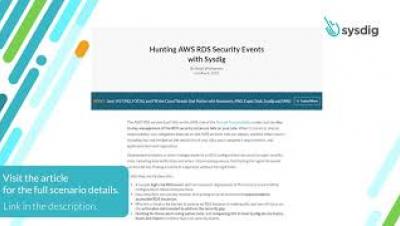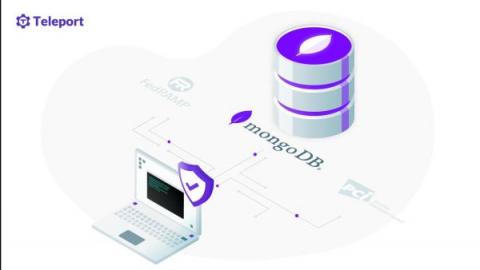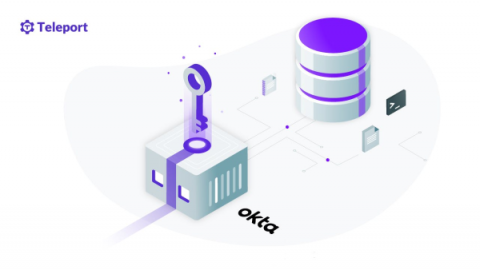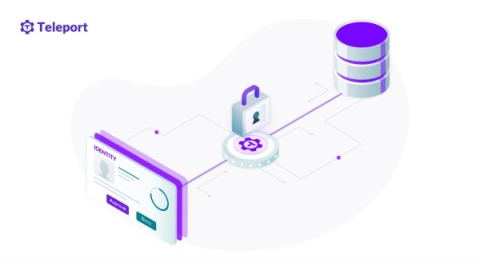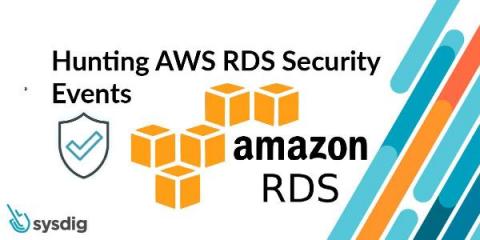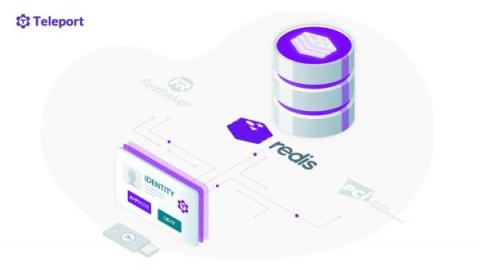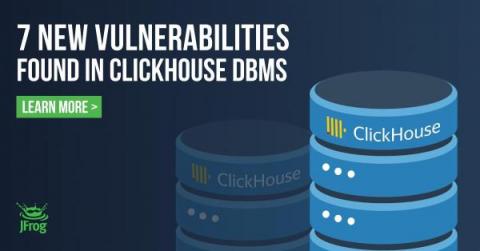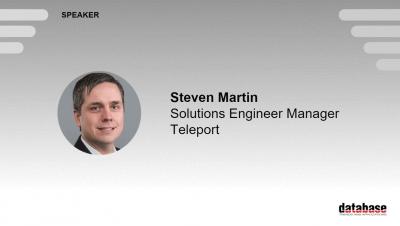Security | Threat Detection | Cyberattacks | DevSecOps | Compliance
Databases
Securing Your MongoDB Database
Securing databases is a significant aspect of an organization’s infrastructure and security practices. This article explores the methodologies and steps for securing MongoDB Database, a popular non-relational, flexible, and document-oriented database. Before starting, you should understand the difference between self-hosted MongoDB and MongoDB Atlas.
How Egnyte Achieves MySQL High Availability
At Egnyte we store, analyze, organize, and secure billions of files and petabytes of data from millions of users. On average, we observe more than a million API requests per minute. These API requests are a mix of metadata operations and analytical queries. As we scale, we have to address challenges associated with balancing throughput for individual users and delivering an exceptional quality of service.
How to Configure Single Sign-On (SSO) for Amazon RDS Access
This blog is part two of a series about identity-aware access for Amazon RDS. In Part I, we covered how to use OSS Teleport to access Amazon RDS instances running in private subnets. In Part II, we will guide you through the steps to configure single sign-On (SSO) for Amazon RDS with Okta, SAML and Teleport.
Good Enough is not Enough When It Comes to Database Security
The threats facing databases today are numerous and constantly evolving as the perimeter continues to fall away in favor of multi-cloud environments. This change means organizations must adopt an in-depth, data-centric security approach that includes a program designed from the ground up to protect databases.
How to Secure Amazon RDS Access With an Identity-Aware Access Proxy
Databases are sensitive resources that need an additional layer of protection and security. Though database servers have built-in authentication and authorization mechanisms, they are not designed for cloud-based, multi-tenant access mechanisms. Managed databases such as Amazon RDS are accessed and administered by different personas with varying levels of access permissions.
Hunting AWS RDS Security Events with Sysdig
The AWS RDS service itself falls on the AWS side of the Shared Responsibility model, but the day-to-day management of the RDS security instances falls on your side. When it comes to shared responsibility, your obligation depends on the AWS services that you deploy, and also other factors including (but not limited to) the sensitivity of your data, your company’s requirements, and applicable laws and regulations.
Secure Redis Authentication Using Teleport Database Access
As part of our Teleport 9 release, we added support for three more databases: Redis, MariaDB, and Microsoft SQL Server. In this post we’ll cover the steps needed to protect your Redis instance using Teleport Database Access. Teleport Database Access allows you to easily secure your databases using security best practices such as identity-based SSO, short-lived certificates for engineers or service accounts, multi-factor authentication, RBAC, and audit of all access and queries.
7 RCE and DoS vulnerabilities Found in ClickHouse DBMS
The JFrog Security research team constantly monitors open-source projects to find new vulnerabilities or malicious packages and share them with the wider community to help improve their overall security posture. As part of this effort, the team recently discovered seven new security vulnerabilities in ClickHouse, a widely used open-source Database Management System (DBMS) dedicated to online analytical processing (OLAP).


